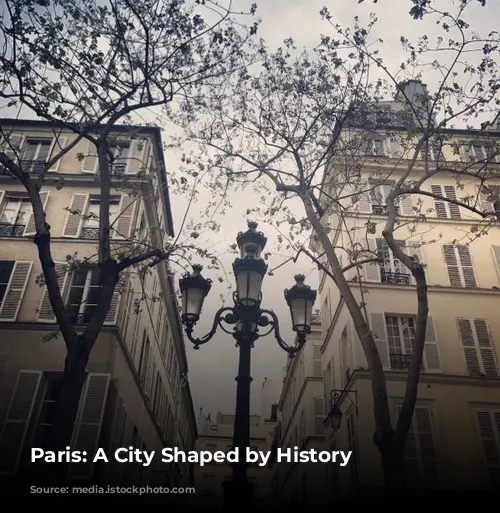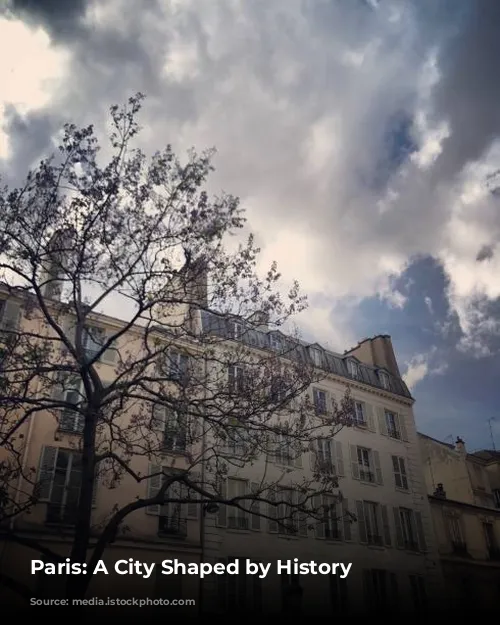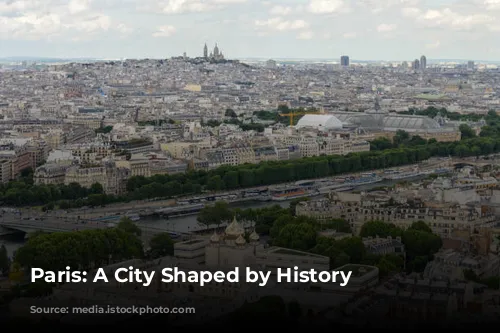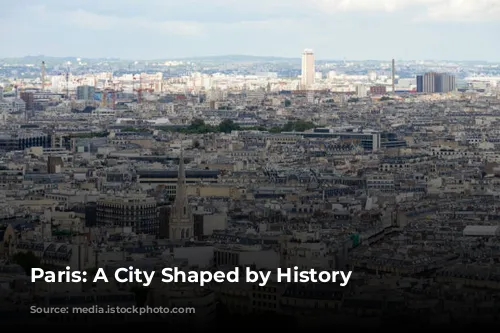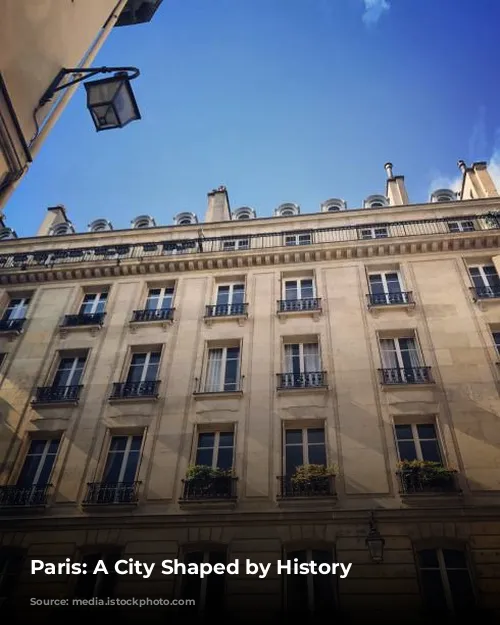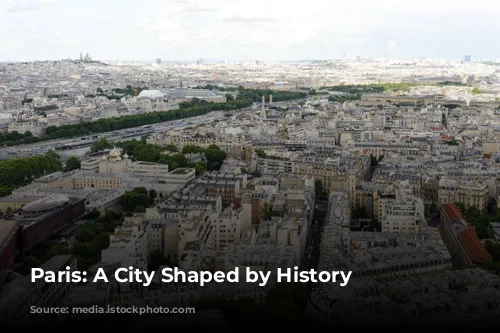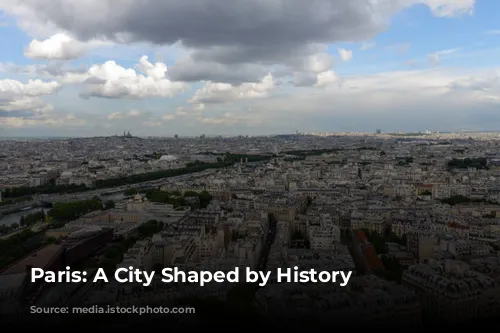Paris, the City of Lights, boasts a rich history and a captivating charm that draws visitors from all corners of the globe. This enchanting city sits on a plain in western Europe, benefiting from the mild influences of the Gulf Stream, which gives it a temperate climate. While the weather can be unpredictable, particularly during winter and spring, the average temperature remains pleasant, with summers reaching about 19 °C and winters hovering around 3 °C. The city has invested in environmental improvements, including air pollution reduction efforts and a modern water purification system, making tap water safe to drink.
Fortified Walls: A Legacy of Protection
Throughout the centuries, as Paris expanded, defensive walls were constructed to safeguard the city. In the 3rd century CE, after Roman settlements on the Left Bank were ravaged by barbarians, the charred stones were transported to the Île de la Cité, where a protective wall was erected. This wall, neglected during periods of peace, was rebuilt several times over the course of centuries. The Petit Pont (Little Bridge), one of the earliest bridges connecting the Left Bank, was fortified with a gate, the Petit Châtelet. On the Right Bank, the Pont au Change (Exchange Bridge) was defended by the Grand Châtelet, a formidable structure that served as a fort, prison, torture chamber, and morgue before being demolished in 1801.
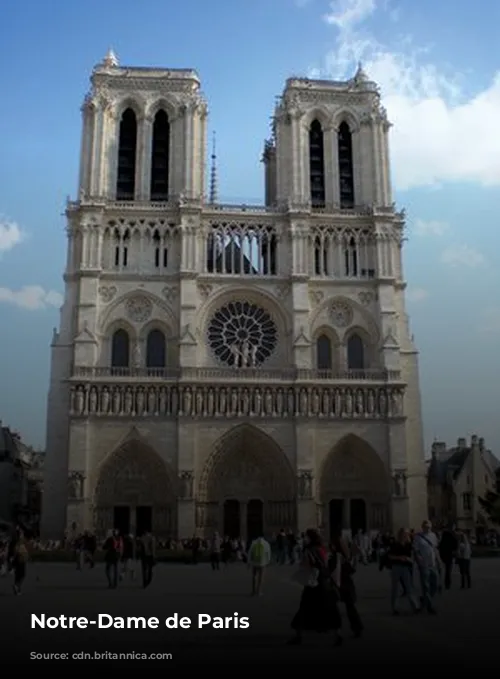
The Evolution of Paris’ Walls: From Defenses to Boulevards
During the reign of King Philip II (1180-1225), a new wall was constructed to protect the settlements on both banks of the Seine. This was followed by an expansion of the Right Bank enclosure under King Charles V (1367-1370), with the Bastille fortress guarding the eastern approaches and the Louvre fortress defending the west. In 1670, Louis XIV replaced the Charles V walls with the Grands Boulevards, tree-lined avenues that were adorned with triumphal arches at the Saint-Denis Gate and the Saint-Antoine Gate. The Saint-Denis arch still stands today, a testament to the city’s glorious past. These boulevards, stretching from the Place de la Madeleine to the Place de la République, were inspired by the graceful curves of the Seine River.
The Last Walls and the Birth of Modern Paris
In the second half of the 18th century, a new wall was built with 57 tollhouses, enabling the farmers-general, tax collectors, to levy customs duties on goods entering Paris. These tollhouses still stand at the Place Denfert-Rochereau. The final wall, constructed in the mid-19th century by Adolphe Thiers for King Louis-Philippe, was a genuine military installation with surrounding forts. This wall encompassed several hamlets outside Paris, including Auteuil, Passy, Montmartre, La Villette, and Belleville.
The latter half of the 19th century witnessed a dramatic transformation of Paris. The Industrial Revolution fueled economic growth and population increase, drawing people to the city. The development of railways further facilitated this influx. Between 1852 and 1870, Baron Haussmann, the city planner, demolished the farmers-general’s walls and created wide, straight boulevards, cutting through the city’s network of narrow streets. These boulevards were extended in 1925, forever changing the cityscape of Paris.
The Heart of Paris: Île de la Cité
Nestled in the Seine River, the Île de la Cité is the historic heart of Paris, a small island that embodies the city’s spirit. This ship-shaped island, roughly 10 streets long and 5 wide, is connected to the riverbanks by eight bridges, with a ninth bridge leading to the Île Saint-Louis. The Pont Neuf, built from 1578 to 1604, is the oldest of the Paris bridges, despite its name. Parisians often use the phrase “solid as the Pont Neuf” to describe something sturdy and reliable. This bridge, with its five arches reaching the Left Bank and seven extending to the Right Bank, boasts a unique feature: over 250 grotesque masks adorn its parapet corbels. The parapet curves toward the water at each pier, creating half-moon bays that served as the city’s first sidewalks and were occupied by street vendors.
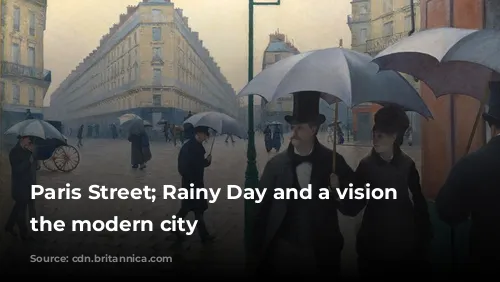
A Walk Through History: Monuments and History on the Île de la Cité
The tip of the Île de la Cité features a charming triangular park, bordered by flowering bushes and benches under ancient trees. Surrounded by a wide cobbled quay, it attracts sunbathers and lovers alike. At the entrance to the bridge from the park stands a bronze equestrian statue of King Henry IV, who insisted on the completion of the Pont Neuf. This 1818 reproduction honors the original statue erected in 1614, marking the first statue to grace a public way in Paris. Opposite the park is the Place Dauphine, named after Henry’s heir, Louis XIII.
The Palace of Justice (Palais de Justice), originally built by the early Roman governor, was rebuilt on the same site by King Louis IX (St. Louis) in the 13th century. It was further expanded by Philip IV (the Fair) who added the Conciergerie, with its impressive Gothic chambers. The Great Hall (Grand Chambre), once the meeting place of the Parlement (the high court of justice), was renowned throughout Europe for its Gothic beauty. Although fires in 1618 and 1871 destroyed much of the original room, and the rest of the palace was devastated by a fire in 1776, the Great Hall still stands, serving as a waiting room for the courts housed in the Palace of Justice.
The first Civil Chamber of the Palace of Justice witnessed a dark chapter in French history: the Revolutionary Tribunal sat here from 1793, condemning thousands to the guillotine. Victims, after being sentenced, were taken to the dungeons of the Conciergerie to await their fate. The Conciergerie, still standing today, offers visitors a glimpse into this grim period.
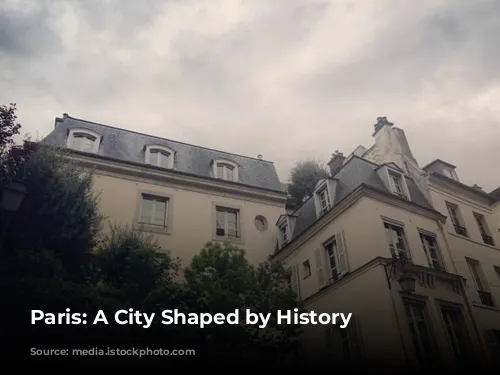
Sainte-Chapelle: A Masterpiece of Gothic Architecture
In the palace courtyards lies a magnificent monument of French architecture: the Sainte-Chapelle (Holy Chapel). Constructed at the direction of Louis IX between 1243 and 1248, this architectural masterpiece exemplifies the Gothic Rayonnant style. The architect, possibly Pierre de Montreuil, daringly balanced vaulted ceilings on a trellis of slender columns, with walls made almost entirely of stained glass. This exquisite chapel was built to house the Crown of Thorns, believed to be the one worn by Jesus during his crucifixion. Louis IX purchased the relic from the Venetians, who held it in pawn from Baldwin II Porphyrogenitus, the Latin emperor of Constantinople. The chapel also housed other holy relics, including nails and pieces of wood from the True Cross. These relics are now part of the treasury of Notre-Dame.
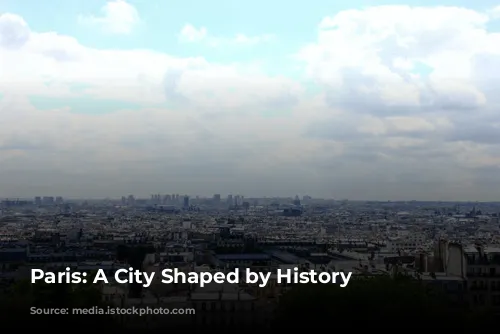
Transforming the Île de la Cité: Haussmann’s Legacy
In the 19th century, under King Louis-Philippe, the “sanitization” of the island was initiated and continued under his successor, Napoleon III, by Baron Haussmann. This project involved the removal of outdated structures, the widening of streets and squares, and the construction of new government buildings, including parts of the Palace of Justice. The portion of the palace bordering the Quai des Orfèvres became the headquarters of the Police Judiciaire (Judicial Police). Across the boulevard du Palais stands the Police Prefecture, another 19th-century structure. On the other side of the prefecture lies the Place du Parvis-Notre-Dame, an open space expanded by Haussmann, who also relocated the Hôtel-Dieu, the first hospital in Paris, to the inland side of the square. The present buildings date back to 1868.
